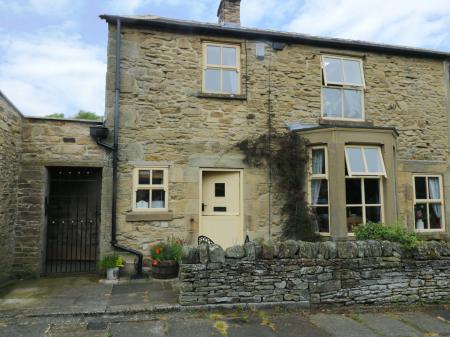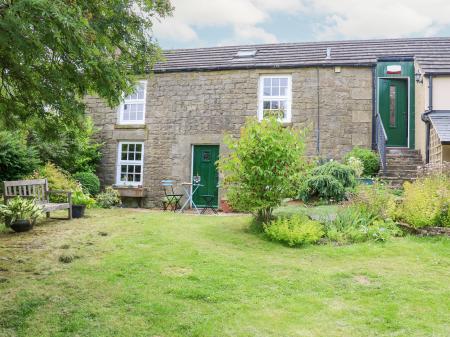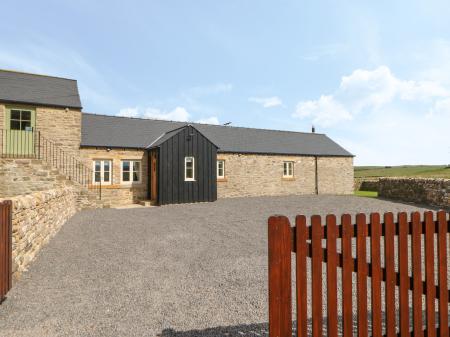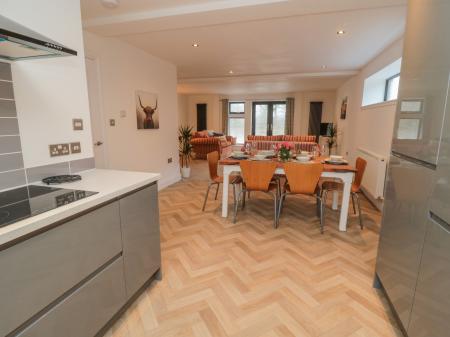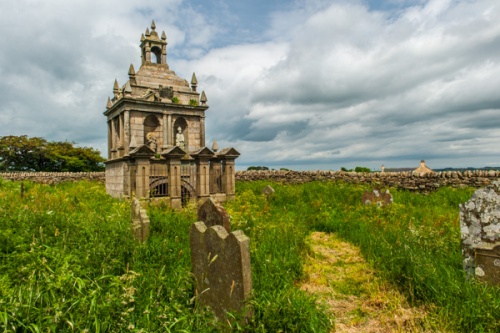
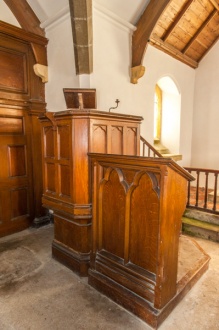
and lectern
The building is extremely simple, composed of just a nave with two transepts, chancel, west bellcote, and an entrance porch into the south transept. Inside you will find a simple Georgian interior, with a very nice vaulted roof and fairly plain pews and pulpit of wood.
The most interesting feature is not within the church but in the churchyard, where you will find the Hopper Mausoleum, a fanciful domed structure built in 1752. The Mausoleum is in neo-classical style, with pinnacles and classical statue niches beneath a peculiar cupola.
It was built by Humfrey Hopper of Black Hedley as a memorial to his wife. Hopper himself was buried here. St Andrew's is not used for regular worship and is in the care of the Churches Conservation Trust.
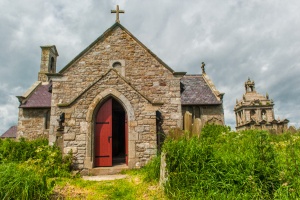
Visiting
This is one historic church you really have to want hard to get to! It isn't signposted off the A68, so you have to head towards Grey Mare Hill farmhouse. Luckily, you can clearly see the church atop the hill. There is no parking space, so you have to pull off the road onto the verge.
There is a path uphill, running past the churchyard and looping back to a lane on the north, so you won't get lost! Do plan on wearing good waterproof footwear, though, as when I visited the farmer had dumped a load of very wet and odorous manure right on the path, so your feet will definitely appreciate some extra protection.
Now, the good news; the Hopper Mausoleum is amazing. It really draws your eye. I kept stopping and staring as I climbed the hill towards the church, unsure what this strange structure was that I spied beside the church.
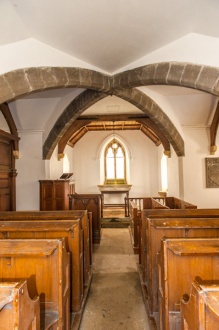
The Churches Conservation Trust seems to have decided to leave the churchyard in a more natural state, so most of it was overgrown when I visited, which did make it awkward to approach the Mausoleum. But you can get right up to an iron railing around the structure for a good close look. It really is very striking, and a wonderful example of the sort of neoclassical style that enjoyed such a vogue from the middle of the 18th century.
The interior of the church itself is very plain, the main appeal being the wonderful Georgian box pews. The north transept has been transformed into a rather cosy vestry, complete with a fireplace, and there is a small cast iron stove by the main entrance to the church. One certainly gets the impression that Shotley church was a chilly place in winter; not too surprising, really, given its hilltop location.
I found the church location quite spectacular, with wonderful views in all directions. It is unfortunate that there were no apparent information boards inside the church to help give visitors a better idea of the history of the church and the story behind the Hopper Mausoleum.
Providing useful information on their churches is something the CCT generally does well, so Shotley was a bit disappointing in that respect. But that shouldn't take away from what is essentially a lovely country church, in a wonderful rural hilltop location, with interesting monuments and a beautifully simple Georgian interior.
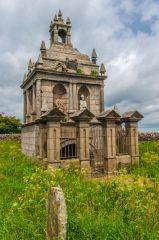
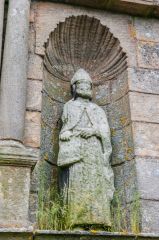
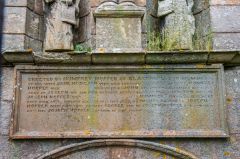
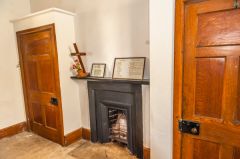
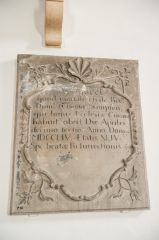
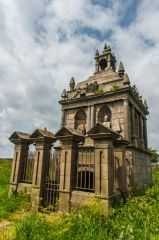
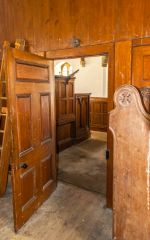
 We've 'tagged' this attraction information to help you find related historic attractions and learn more about major time periods mentioned.
We've 'tagged' this attraction information to help you find related historic attractions and learn more about major time periods mentioned.